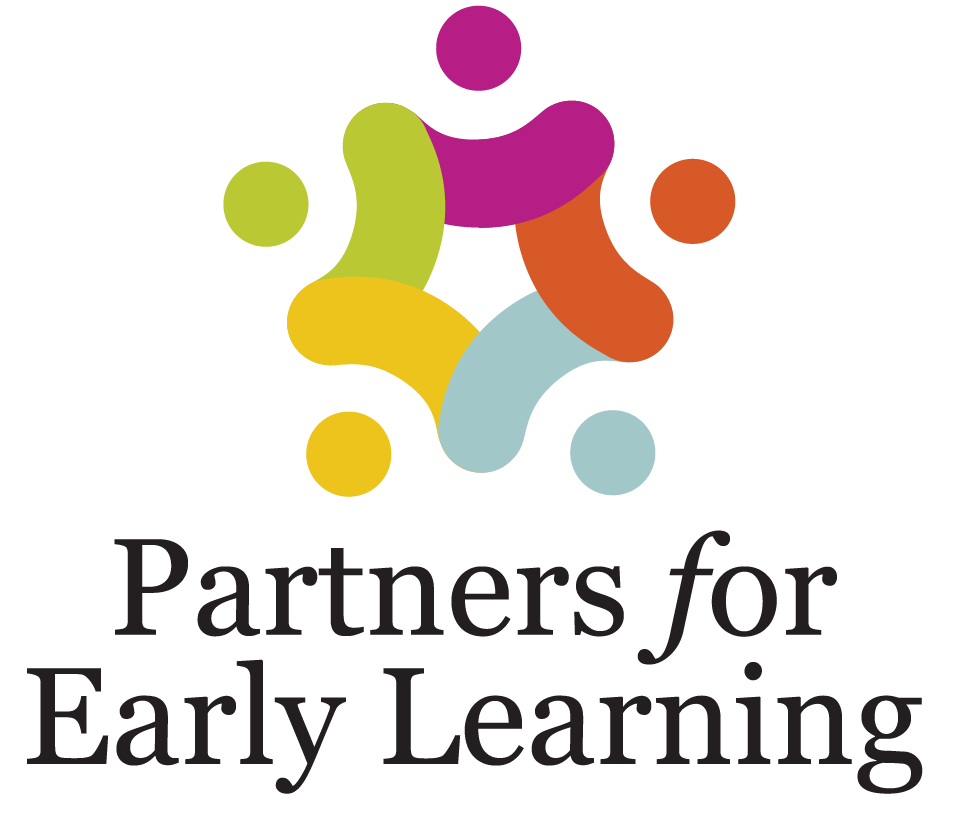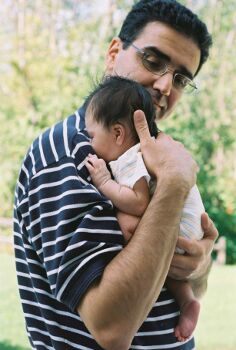Learn what a sad face means
It’s a beautiful summer day. Dad and his 10-week-old son Ryan are relaxing on a blanket outside. Dad leans over Ryan and smiles and coos happily as his baby looks up at him. Baby smiles, and Dad is thrilled. Suddenly, the family dog bounds into this perfect world, disturbing the moment and knocking over a glass of lemonade. Not pleased, Dad immediately turns to the dog, shouts at him, and shoos him away. As he turns back to his baby, an expression of anger is still on his face. Ryan looks at his dad’s face and begins to cry. Dad immediately senses his baby’s reaction. He scoops him up, cuddles him, and soothes away his tears. What happened there? Was Ryan’s smile a real expression of contentment, or was he simply mirroring his dad’s facial expression? Was Ryan’s response to his dad’s anger a real emotional reaction? What do babies feel, and when do they start to feel it?
Emotions start early
Infants are emotional beings right from birth. Emotions are biologically based and are built into children’s brains, and help them connect to caregivers (National Scientific Council on the Developing Child, 2004). Human beings are truly born to feel!
But when do children begin to feel emotions, and what do they feel? Right from birth, infants experience several basic or primary emotions. During the first six months of life, as the infant makes cognitive gains, these basic emotions develop into more sophisticated emotions. Thus, over time, a young child’s repertoire of emotions continues to grow (Lewis, 2000).
The primary emotions and their development during the first six months of life are mapped in the chart below. At birth, there are several basic emotions that infants experience. But over the course of the first six months of life, infants begin to experience more complex emotions. And with each passing year, their emotional repertoire grows. For instance, two to three-year-old children experience embarrassment, pride, shame, and guilt (Lewis, 2000).

How do scientists study infant emotions?
Infants can’t talk about their emotions—at least not yet! So, to find out about young children’s emotions, researchers created experiments that examined how babies respond to the emotional expressions they see and hear in other people. Would the babies react to another person’s emotions? Would they copy the emotions they saw?
Helpful Parenting Tips
- Smile, laugh, talk, sing, and read together every day.
- Play face-to-face games, like peek-a-boo, with your infant. Keep your face about 8 to 18 inches from your baby’s face.
- Your baby is reading your face. Be aware that your angry or sad face will affect your baby’s reaction.
- Pay attention to your baby’s emotional expressions and respond to them.
- When you respond to your baby’s emotional needs, he learns that he can count on you, and he learns to connect with you.
- Watch and learn how your baby’s emotions develop over time.

